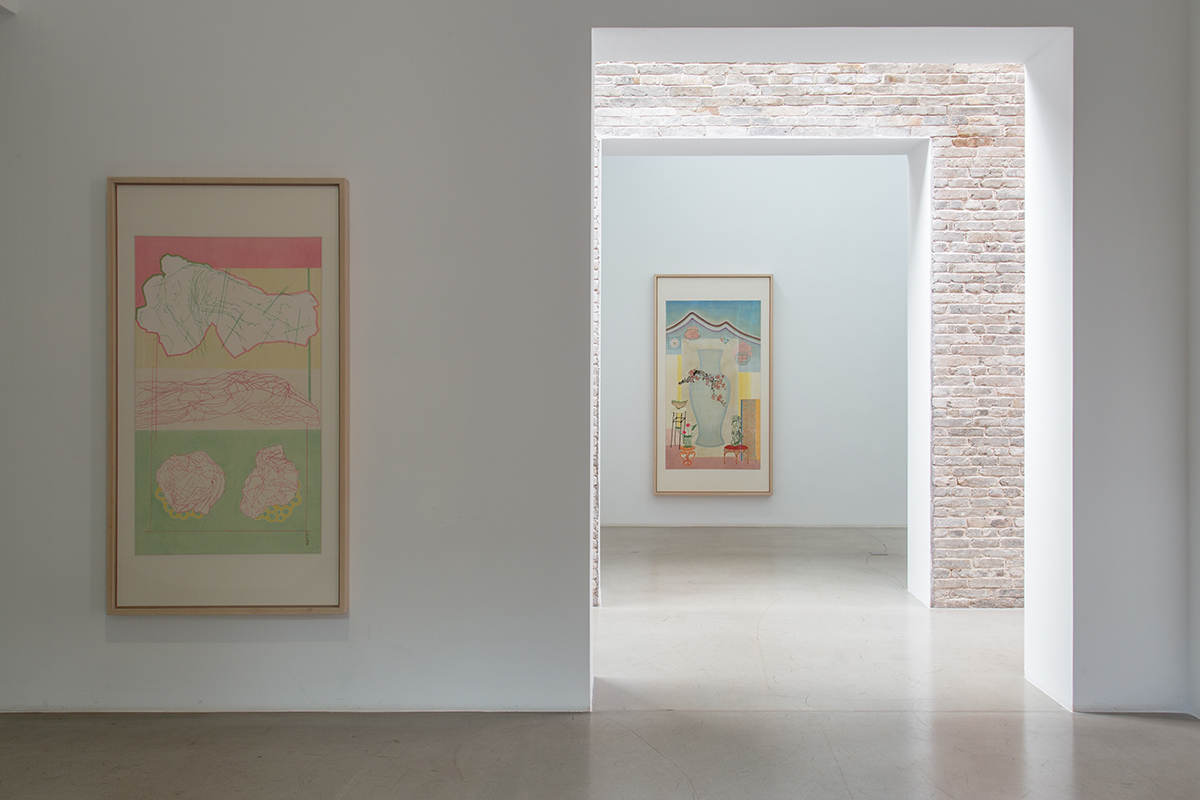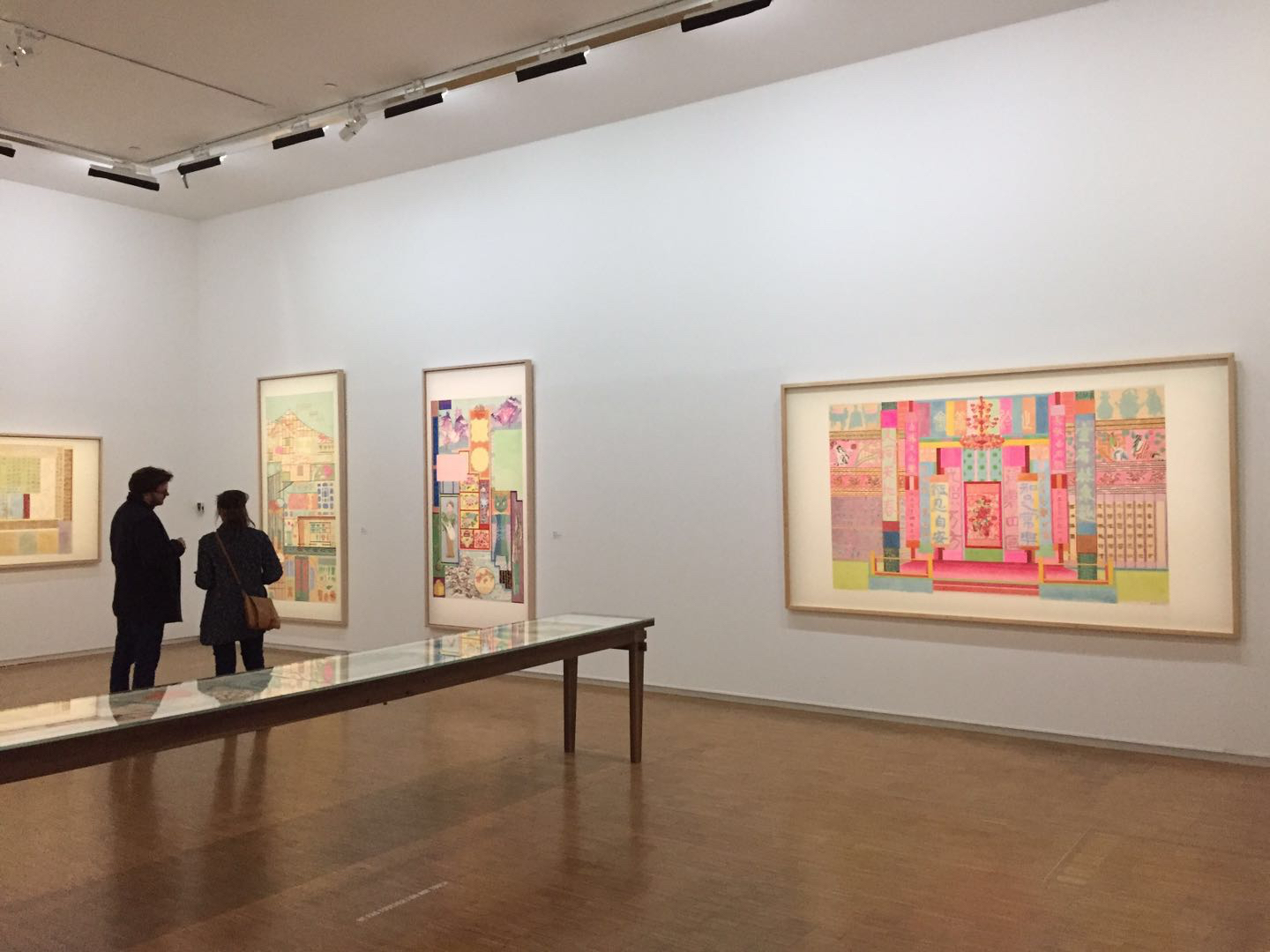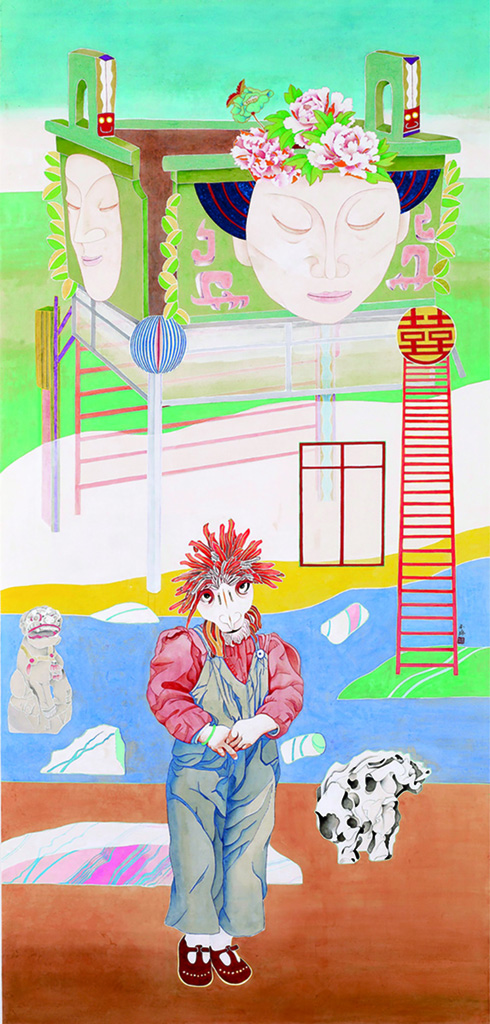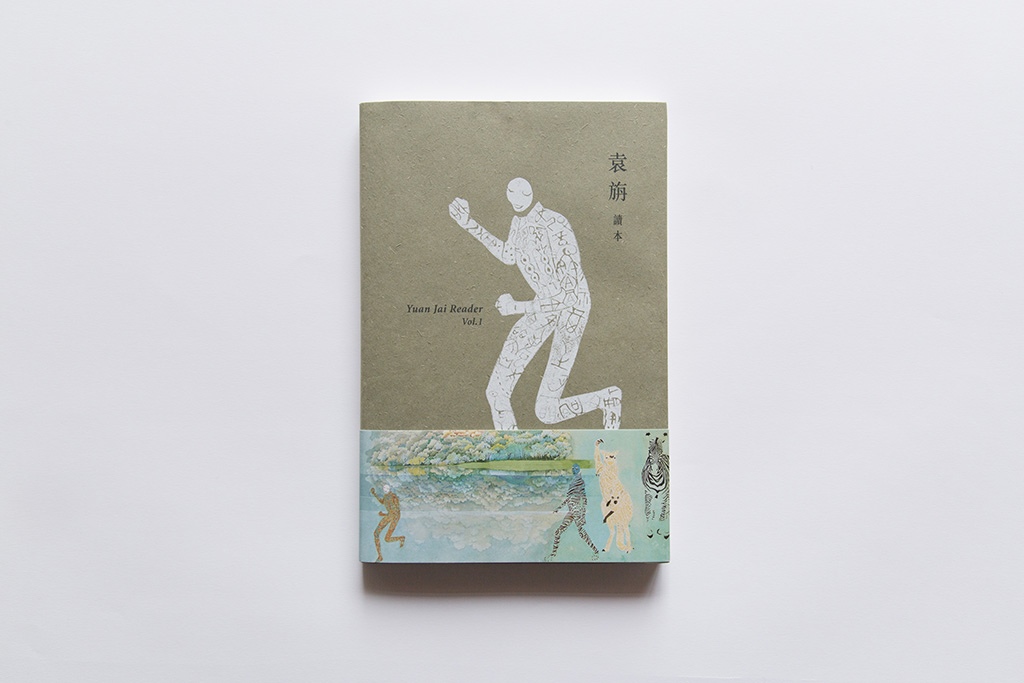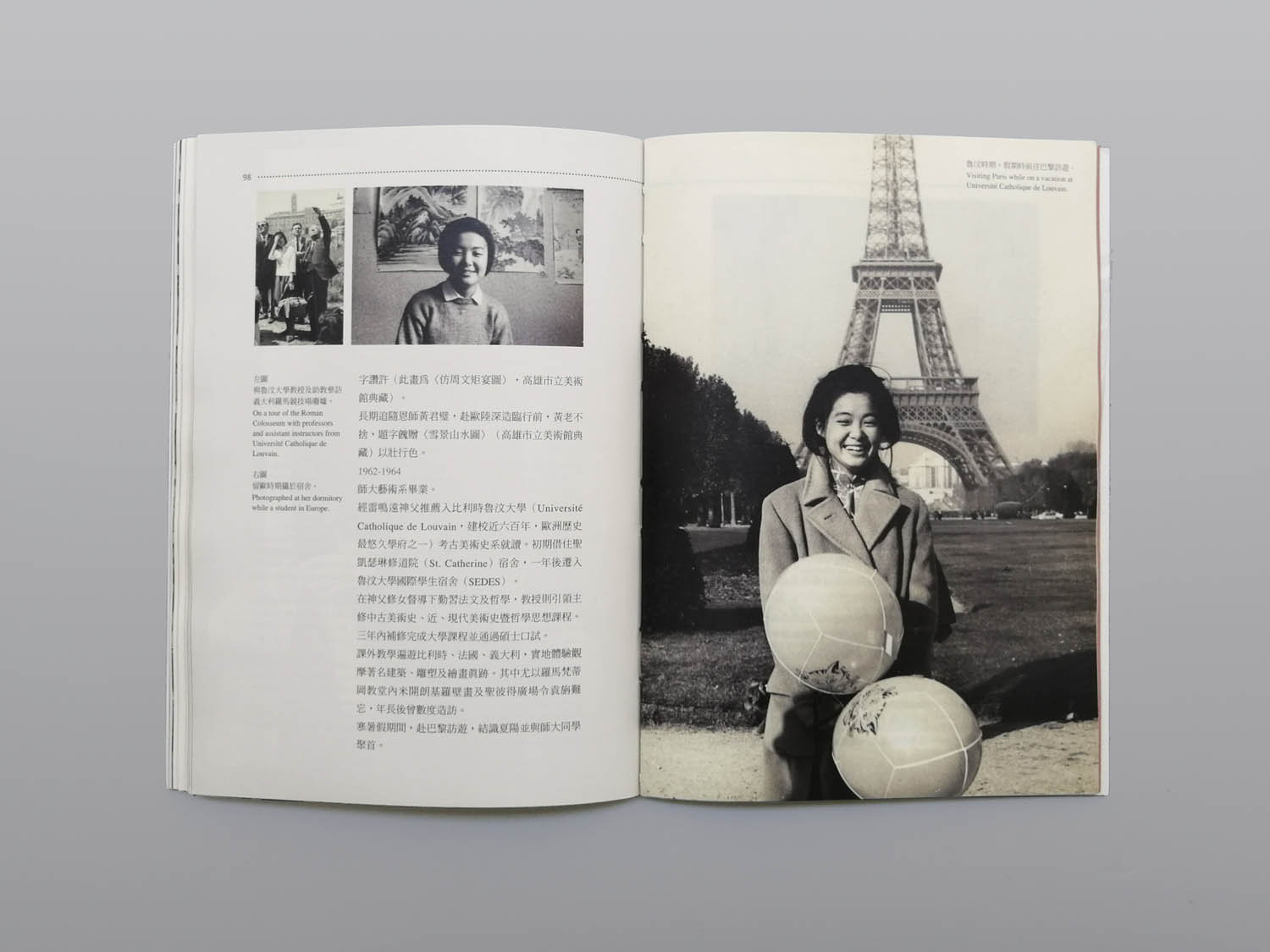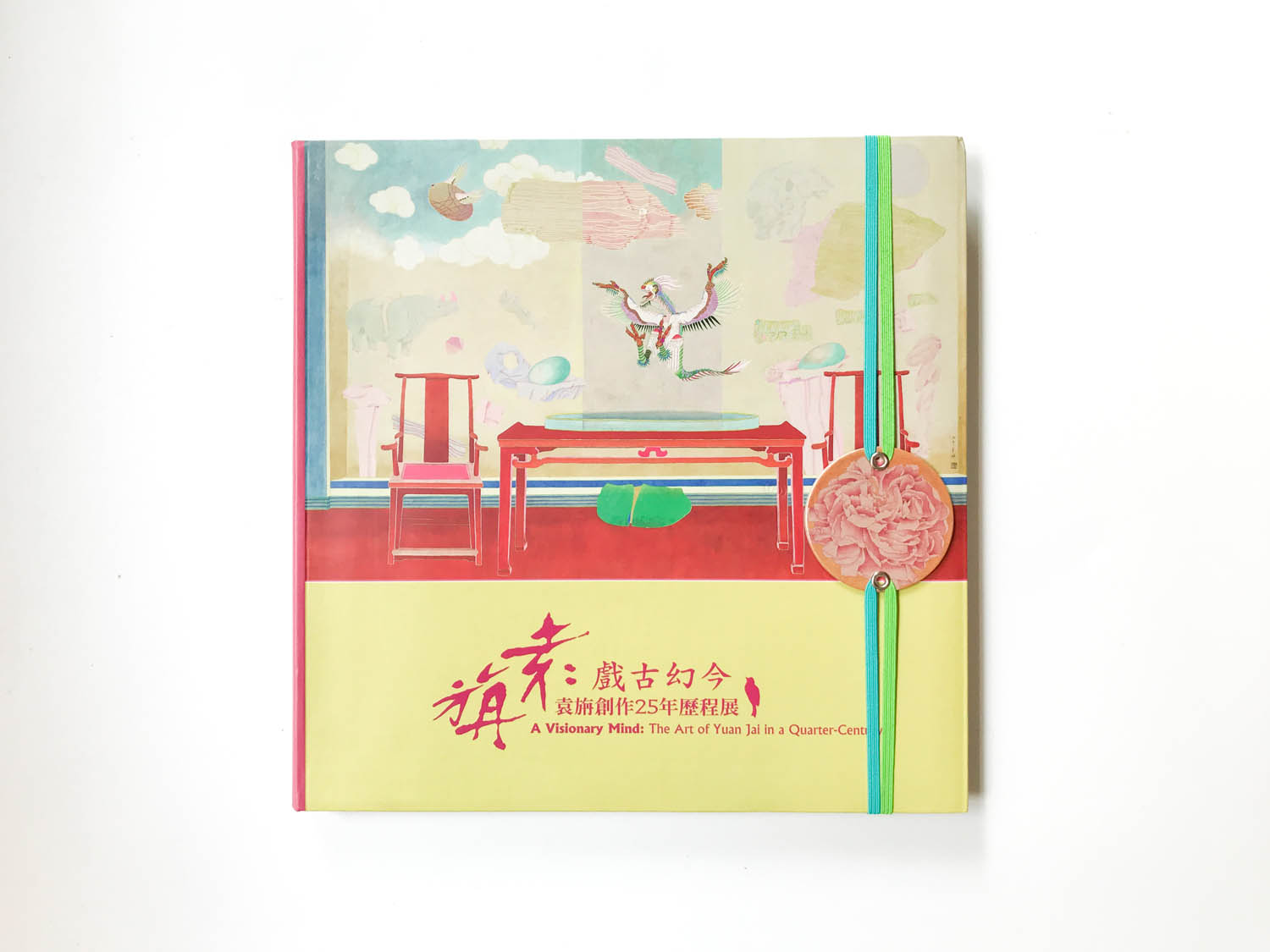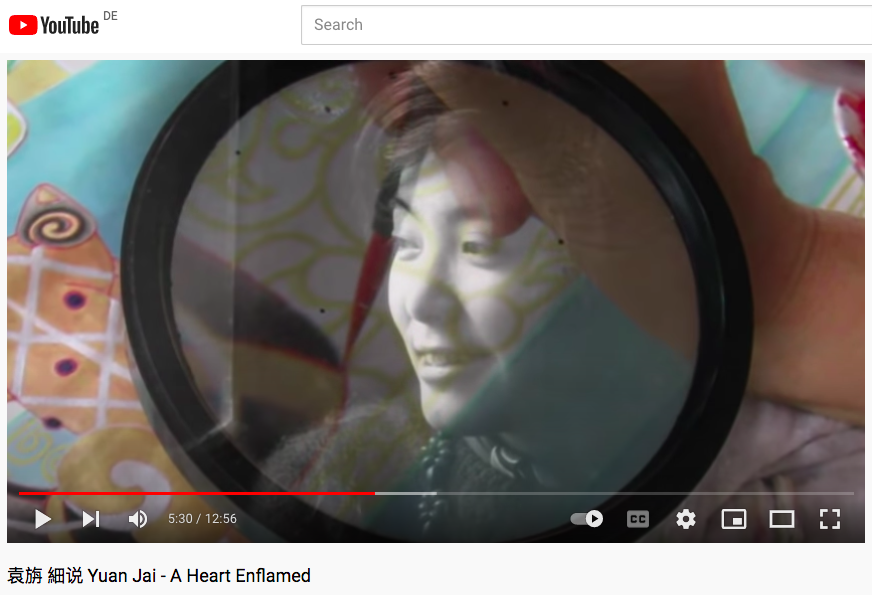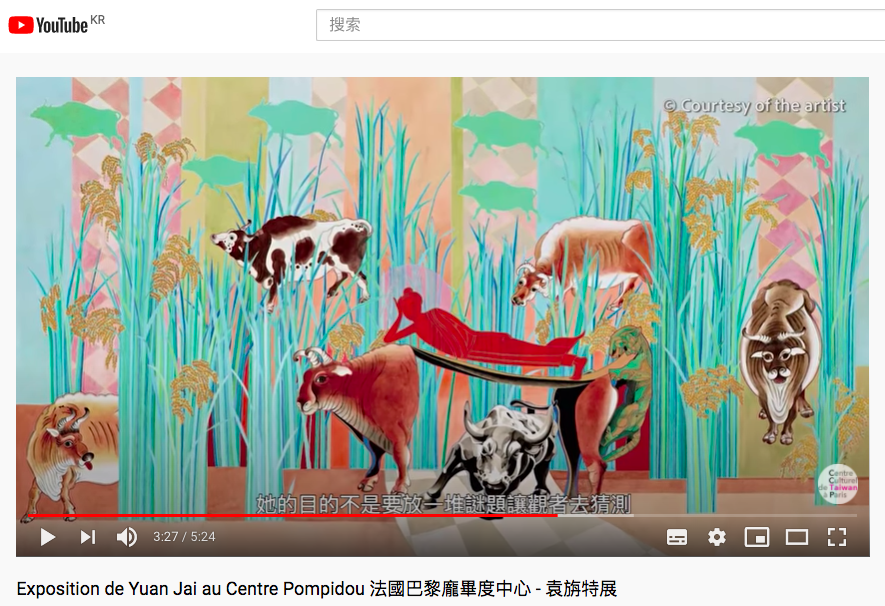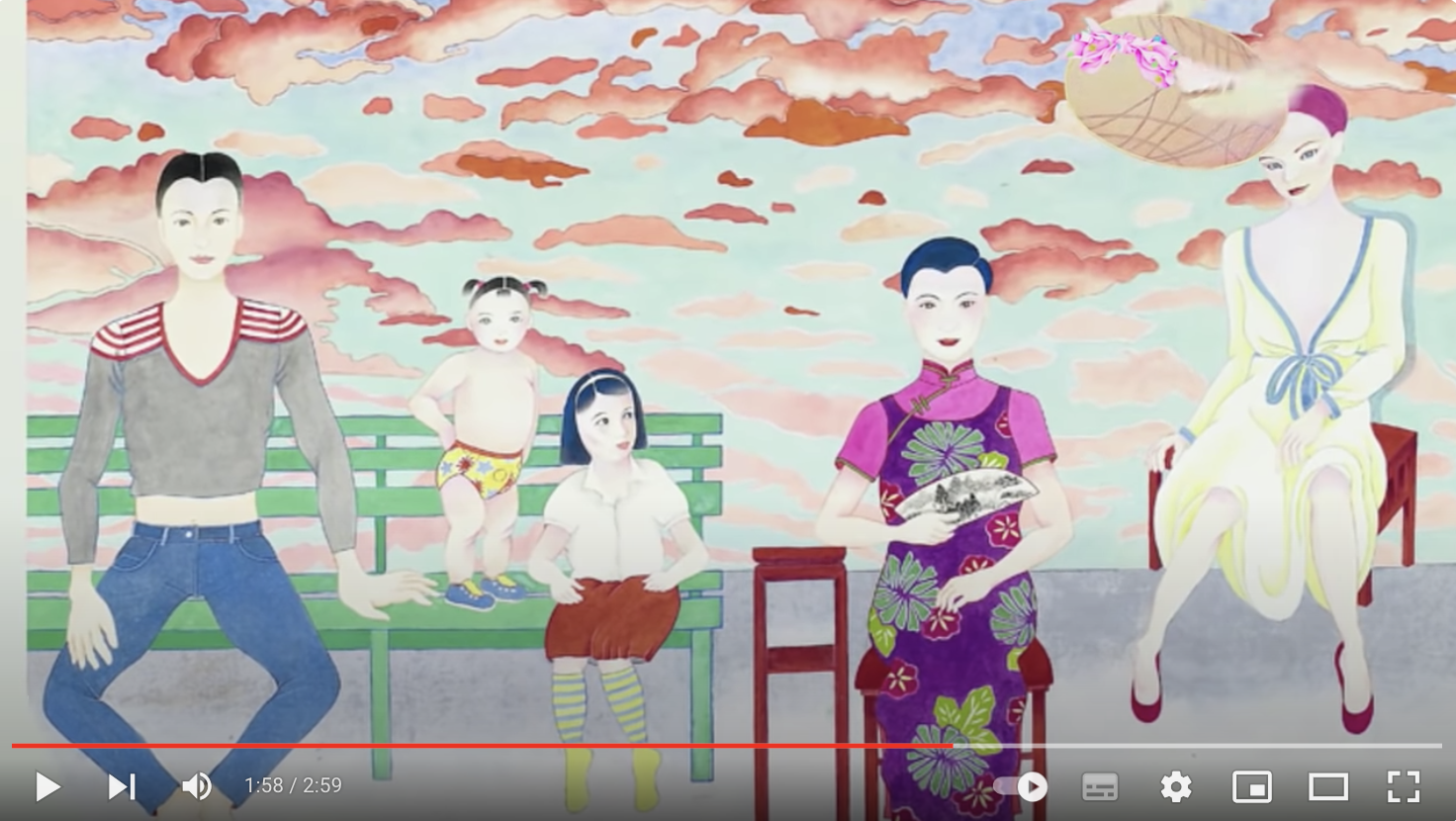Biography
Yuan Jai was born in 1941 in Chongqing, Sichuan province, her ancestral home being in Changsha, Hunan province, into a family for whom art and culture were part of daily life, and grew up immersed in Chinese calligraphy and painting. In 1958, she entered the Department of Art at the Taiwan Provincial Normal University, where she laid a solid foundation of Chinese painting skills by learning from many masters, such as Pu Hsin-yu and Huang Chun-pi. After graduation in 1962, she went to Europe to further her studies, first with a master degree in the Department of Archaeology and Fine Art History at the Université Catholique de Louvain, then with doctoral studies on preservation and conservation of cultural artifacts at the Institut royal du Patrimoine artistique (IRPA) in Brussels. Yuan returned to Taiwan in 1969 and joined the Department of Antiquities of the National Palace Museum in Taipei. There she established the Office of Technology, the first museum department dedicated to the conservation of cultural relics in Taiwan, passing to the museum the knowledge she had learned abroad and coming in contact with masterpieces of Chinese ancient and modern arts.
Biography
Yuan Jai was born in 1941 in Chongqing, Sichuan province, her ancestral home being in Changsha, Hunan province, into a family for whom art and culture were part of daily life, and grew up immersed in Chinese calligraphy and painting. In 1958, she entered the Department of Art at the Taiwan Provincial Normal University, where she laid a solid foundation of Chinese painting skills by learning from many masters, such as Pu Hsin-yu and Huang Chun-pi. After graduation in 1962, she went to Europe to further her studies, first with a master degree in the Department of Archaeology and Fine Art History at the Université Catholique de Louvain, then with doctoral studies on preservation and conservation of cultural artifacts at the Institut royal du Patrimoine artistique (IRPA) in Brussels. Yuan returned to Taiwan in 1969 and joined the Department of Antiquities of the National Palace Museum in Taipei. There she established the Office of Technology, the first museum department dedicated to the conservation of cultural relics in Taiwan, passing to the museum the knowledge she had learned abroad and coming in contact with masterpieces of Chinese ancient and modern arts.
Yuan Jai did not resume her painting practice until her forties. Since picking up her painting brush again in 1987, Yuan Jai has attempted to find innovative methods of Chinese painting by using the tradition as the foundation, and incorporating the skills and concepts she has encountered and absorbed in the course of her multiple life experiences. In her work, she explores the diverse possibilities of subject matters and colors in Chinese painting. In addition to her innovative experiments of the expression methods, Yuan Jai revives the narrative potential of Chinese painting by continuously positioning this narrative within the relationship between the individual and history. As Yuan Jai's paintings express the individual experience as an intense and brilliant visual world, they simultaneously concentrate cultural experience into an analysis of values worthy of communal consideration.
Yuan Jai’s recent solo exhibitions include Fu: The Art of Yuan Jai, National Taiwan Museum of Fine Arts, Tai Chung, 2022; Yuan Jai: Light Within, Mirrored Garden, Guangzhou, 2022; Yuan Jai, Center Pompidou, Paris, 2020; and A Visionary Mind: The Art of Yuan Jai in a Quarter-Century, Kaohsiung Museum of Fine Arts, Kaohsiung, 2012. She has participated in the group exhibitions including: The Dream of the Museum, M+ Museum of Contemporary Culture, Hong Kong, 2021; The Weight of Lightness: Ink Art at M+, M+ Pavilion, West Kowloon Cultural District, Hong Kong, 2017; Memories Interwoven and Overlapped, Post-Martial Law Era Ink Painting in Taiwan, National Taiwan Museum of Fine Arts, Taichung, 2017; Majestic Island – The Development of Modern Art in Taiwan (1911-2011), The National Art Museum of China, Beijing; China Art Museum, Shanghai, 2012; and Future Pass – From Asia to the World, Collateral Event of the 54th Venice Biennale, Venice, 2011.
